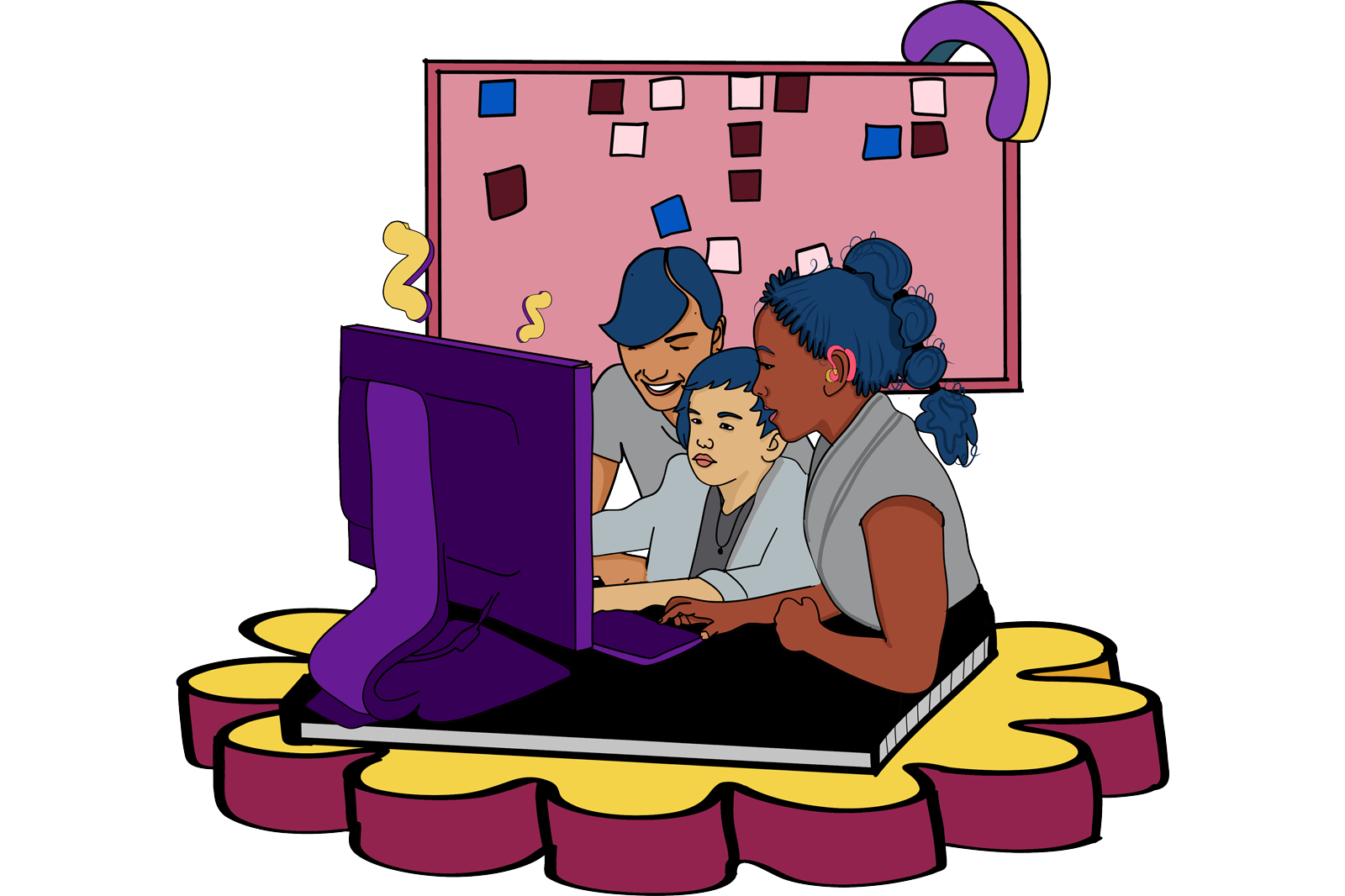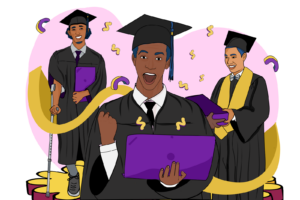Story Data
“When I first heard about Girls Who Code, I was so excited about bringing the opportunity to students at my school, but was intimidated because I didn’t know anything about coding,” said Jessica Z, a Clubs facilitator in Indiana. “Over the years, the girls and I have learned together and I couldn’t be happier that I took the risk.”
Launched in 2013, Girls Who Code Clubs offer young girls and non-binary students in grades 3 through 12 a chance to join a sisterhood of supportive peers and role models using computer science to change the world. Clubs are free and offer fun activities through a flexible curriculum that adapts to each group’s unique needs.
Girls Who Code has served 600,000 students through the Clubs program in a little over a decade. Clubs address an unmet need–the opportunity for young girls and non-binary students to get excited about computer science and learn to see themselves as computer scientists. “In addition to learning, [the students] are developing new friendships, confidence, and passion for the [computer science] discipline,” said a Club Facilitator at Herriman High School in Utah.
The New York City-based nonprofit focused on closing the gender gap in technology partners with school districts, library networks, and afterschool programs to launch Clubs in communities across the country. During the 2023-2024 school year, more than 75,000 young people participated, learning the concepts that form the basis of all programming languages, like loops, variables, conditionals, and functions.
Clubs can take place after school, on weekends, or during the summer, and can be held in-person or online. On average, GWC Clubs serve 12 students, and while the focus is on centering the experiences of girls and non-binary students, students of all genders are welcome to join and participate. “I was given the opportunity to talk to women who have successful careers in the field,” said Myisha Kinberg, Clubs alum. “They made me understand that computer science isn’t just about 1’s and 0’s, it’s about combining your interests with technology to better the future.”
Location
United States (all 50 states), Canada, India, United Kingdom
Contact
Pam Lee
Senior Manager, Program Strategy and Delivery
Budget
$5,000,000
annually
Impact
600,000
students reached since Clubs were founded in 2013
Impact
6,000
Clubs located across all 50 states
Impact
7X
Girls Who Code alumni earn computer science and related degrees at 7x the national average
Impact
9X
Girls Who Code alumni with races/ethnicities underrepresented in tech earn computer science and related degrees at 9x the national average
Impact
50%+
of participating students come from historically underrepresented groups
Demographics of Target Population
girls, women, and non-binary individuals, urban and rural, low-income, Black, Latinx, Indigenous, multiracial
Quote
“Club days are the highlight of my week. I run two clubs. One on Monday and one on Tuesday. They are very popular!”
Girls Who Code Clubs Facilitator, Bannon Creek School




